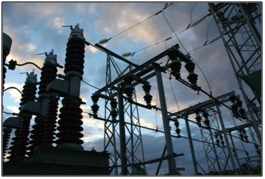
This document is intended for third-year undergraduate students in electrical engineering as part of the official curriculum. However, it can certainly be studied by anyone in their first cycle, second cycle, or even postgraduate studies, who wish to deepen their knowledge or have a foundational document on the protection of electrical networks.
Through the basic theoretical concepts presented herein, supported by a study desk, the student should be able to:
- Calculate the current intensity of a short circuit regardless of the nature and type of fault, as well as the configuration of the network itself.
- Recognize protection mechanisms: measurement reducers, selectivity, relay characteristics, etc.
- Identify the advantages of digital protections.
- Understand the role of each component of the network.
- Identify the problems that different network components may encounter.
- Find solutions to these problems.
Based on these objectives, this course is divided into four main parts:
- An introduction to protection and general concepts about faults in an electrical power network.
- Overview of symmetrical components and fault currents
- The elements of the protection system.
- The protection of different network elements.
It is worth noting that this work will allow undergraduate students to grasp the concept of electrical network protection in a simple manner.
I hope that this compilation will be appreciated by my colleagues and students, and I would be very grateful to receive their remarks, critiques, and suggestions.
- معلم: Abdelkader YOUSFI

